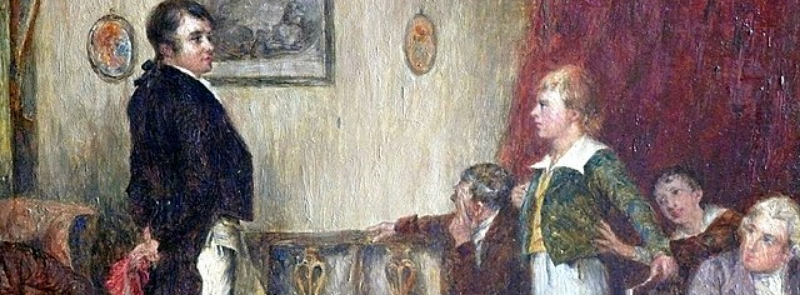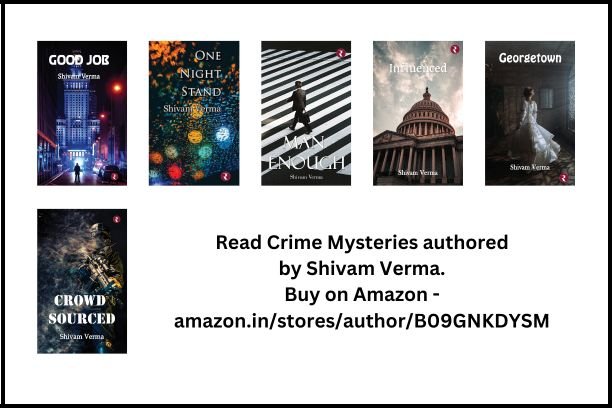
When It Occurs
Every January 25th
Timeline
Days Passed (1023)
# Hashtags
#BurnsNight #AuldLangSyne
Burns Night is a celebration held annually on January 25th in honor of the Scottish poet Robert Burns. Known as Scotland’s national poet, Robert Burns is celebrated for his influential body of work, which includes famous poems like "Auld Lang Syne" and "Address to a Haggis." The tradition of Burns Night dates back to 1801, five years after Burns' death in 1796, when his friends held a supper in his memory. The event has since become a widely observed tradition in Scotland, throughout the UK, and in many countries worldwide.
Key Aspects of Burns Night
-
Robert Burns and His Legacy
- Robert Burns was born in 1759 in Alloway, Ayrshire, Scotland. He is renowned for his poetry, which often dealt with themes of love, nature, Scottish identity, and social issues of his time. Burns wrote both in the Scots language and standard English, which helped make his works accessible and beloved far beyond Scotland.
- His most famous works include "Tam o' Shanter," "To a Mouse," "A Red, Red Rose," and the universal anthem "Auld Lang Syne," sung at New Year’s celebrations around the world.
- Burns’ literary contribution has made him a symbol of Scotland, celebrated annually through Burns Night suppers, gatherings, and festivals.
-
The First Burns Supper
- The first recorded Burns Supper took place in 1801 in Alloway, organized by a group of Burns’ close friends to mark the fifth anniversary of his death. They gathered to remember his poetry, eat traditional Scottish food, and toast his life. The event was such a success that it became an annual celebration, evolving into what is now known as Burns Night.
-
The Burns Night Supper
- At the heart of Burns Night is the Burns Supper, a traditional meal that includes Scottish fare, readings of Burns’ poetry, and toasts. Burns Suppers can range from informal family gatherings to elaborate formal dinners, with some featuring a full schedule of performances and ceremonies.
The Structure of a Burns Supper:
-
The Host's Welcome: The evening typically begins with a welcome speech from the host, thanking guests for attending and setting the tone for the evening’s festivities.
-
The Selkirk Grace: This short prayer is said before the meal begins and is attributed to Burns. It reads:
"Some hae meat and canna eat,
And some wad eat that want it,
But we hae meat, and we can eat,
And sae the Lord be thankit." -
The Meal: The meal features traditional Scottish dishes, the most notable being haggis, often served with "neeps" (turnips) and "tatties" (potatoes). Other typical dishes might include Scotch broth (a hearty soup), Cullen skink (a smoked haddock soup), and desserts like cranachan (a mixture of whipped cream, whisky, oats, and raspberries).
-
The Address to the Haggis: One of the highlights of the Burns Supper is the ceremonial presentation of the haggis, which is brought in on a platter accompanied by bagpipes. A guest, typically the host or another speaker, then recites Burns’ famous poem "Address to a Haggis," which humorously glorifies the dish. The address is delivered with dramatic flair, and at the climax, the haggis is cut open.
-
The Toast to the Haggis: After the address, guests raise a glass and toast the haggis with a dram of Scotch whisky, another essential component of the Burns Night celebration.
-
The Immortal Memory and Toasts
- Following the meal, a key part of the evening is the Immortal Memory, a speech dedicated to Robert Burns himself. The speaker reflects on Burns’ life, poetry, and the impact he has had on Scottish culture and beyond. This is followed by a toast to Burns.
- Another popular toast is the Toast to the Lassies, which traditionally celebrates women in a lighthearted and humorous way. In return, there is a Reply to the Toast to the Lassies, where a female guest responds, often with equal wit and humor.
-
Recitations and Music
- Throughout the evening, Burns’ poems and songs are recited or sung. Popular choices include:
- "Auld Lang Syne": Often sung at the end of the evening.
- "My Love is Like a Red, Red Rose": A romantic poem.
- "Tam o’ Shanter": A lively, narrative poem.
- "Scots Wha Hae": A stirring patriotic song.
- Traditional Scottish music often accompanies the event, with bagpipes and other instruments playing a prominent role. Guests may also participate in ceilidh dancing, a form of Scottish social dancing.
- Throughout the evening, Burns’ poems and songs are recited or sung. Popular choices include:
-
Food and Drink
- Burns Night meals are a feast of traditional Scottish cuisine:
- Haggis: A savory pudding containing sheep's offal mixed with oatmeal, suet, and spices.
- Neeps and Tatties: Mashed turnips (neeps) and mashed potatoes (tatties) served alongside haggis.
- Cranachan: A dessert made with whipped cream, raspberries, toasted oats, and whisky.
- Whisky: Scotch whisky is the drink of choice for toasts, paired with the meal and enjoyed throughout the evening.
- Burns Night meals are a feast of traditional Scottish cuisine:
-
Global Burns Night Celebrations
- While Burns Night is most widely celebrated in Scotland, it has become a global event. Scottish communities around the world, from Canada to Australia, hold Burns Suppers to honor their cultural heritage. In the UK, Burns Night is celebrated not only in Scotland but also in parts of England, Northern Ireland, and Wales.
-
Modern Significance
- Burns Night is not just about honoring the poet—it is a broader celebration of Scottish culture, heritage, and identity. It provides an opportunity to gather with family and friends, enjoy traditional food and drink, and reflect on the values of freedom, love, and humanity that Burns often explored in his works.
Conclusion
Burns Night remains one of the most important cultural celebrations in Scotland and among Scottish communities worldwide. Through poetry, music, food, and toasts, it honors the enduring legacy of Robert Burns and celebrates Scottish traditions with warmth, humor, and hospitality. Whether held in homes, restaurants, or public spaces, Burns Night fosters a strong sense of community and cultural pride, ensuring that the legacy of Scotland's national poet continues to thrive for generations to come.


